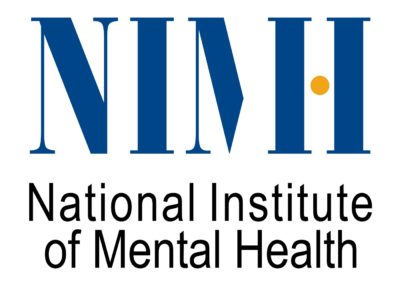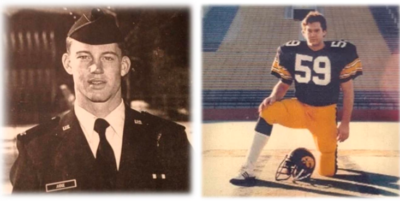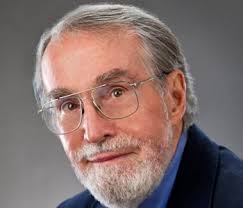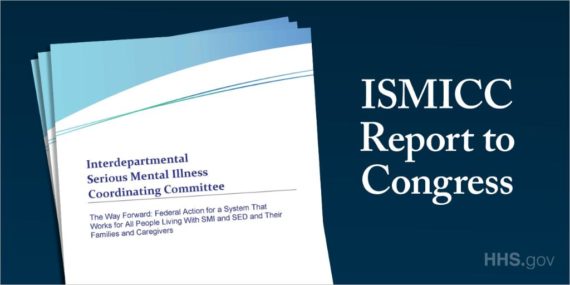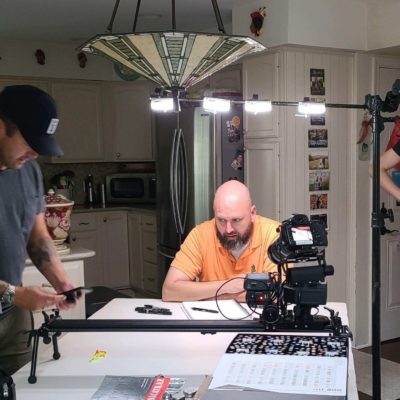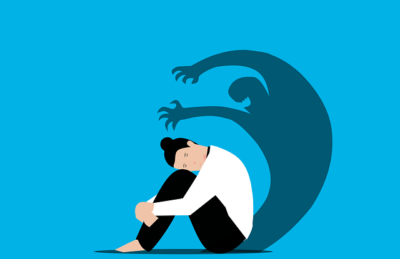
Image by mohamed Hassan from Pixabay
(3-19-22) The debate about whether the National Institute of Mental Health should spend more of its $2 billion budget on clinical studies (behavior studies) versus pure brain research continues in today’s blog with NIMH critic Dr. E. Fuller Torrey claiming that NIMH Director Dr. Joshua Gordon recently misspoke during an interview with a New York Times reporter.
The New York Times’ story focused on Dr. Thomas Insel, former NIMH Director, and his new book, Healing: Our Path From Mental Illness To Mental Health, but it quoted both Dr. Insel and Dr. Gordon defending the agency’s dramatic shift away from clinical research.
That shift began under Dr. Insel’s leadership (he left NIMH in 2015). In the article, reporter Ellen Barry quotes Dr. Insel defending the move:
Dr. Insel…does not express regret about his work, or level any criticism at his successor at the N.I.M.H., Dr. Joshua A. Gordon, like him an advocate of basic research. If anything, Dr. Insel said, the country should “double down on brain research.”
The country’s mental health crisis is “not a research problem, it’s an implementation problem,” he said. Good treatments for serious diseases like schizophrenia and bipolar disorder already exist, he said, and it is not the job of scientists at N.I.M.H. to provide services.
“It has nothing to do with what they do,” he said. “It’s asking for French food from an Italian restaurant.”
